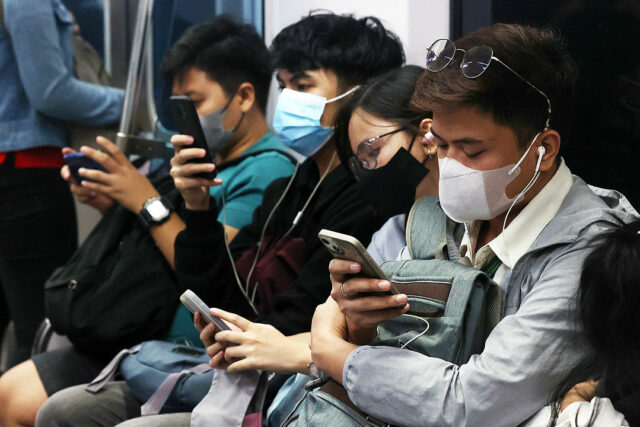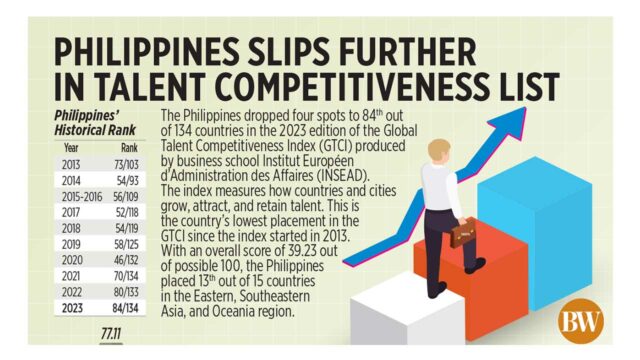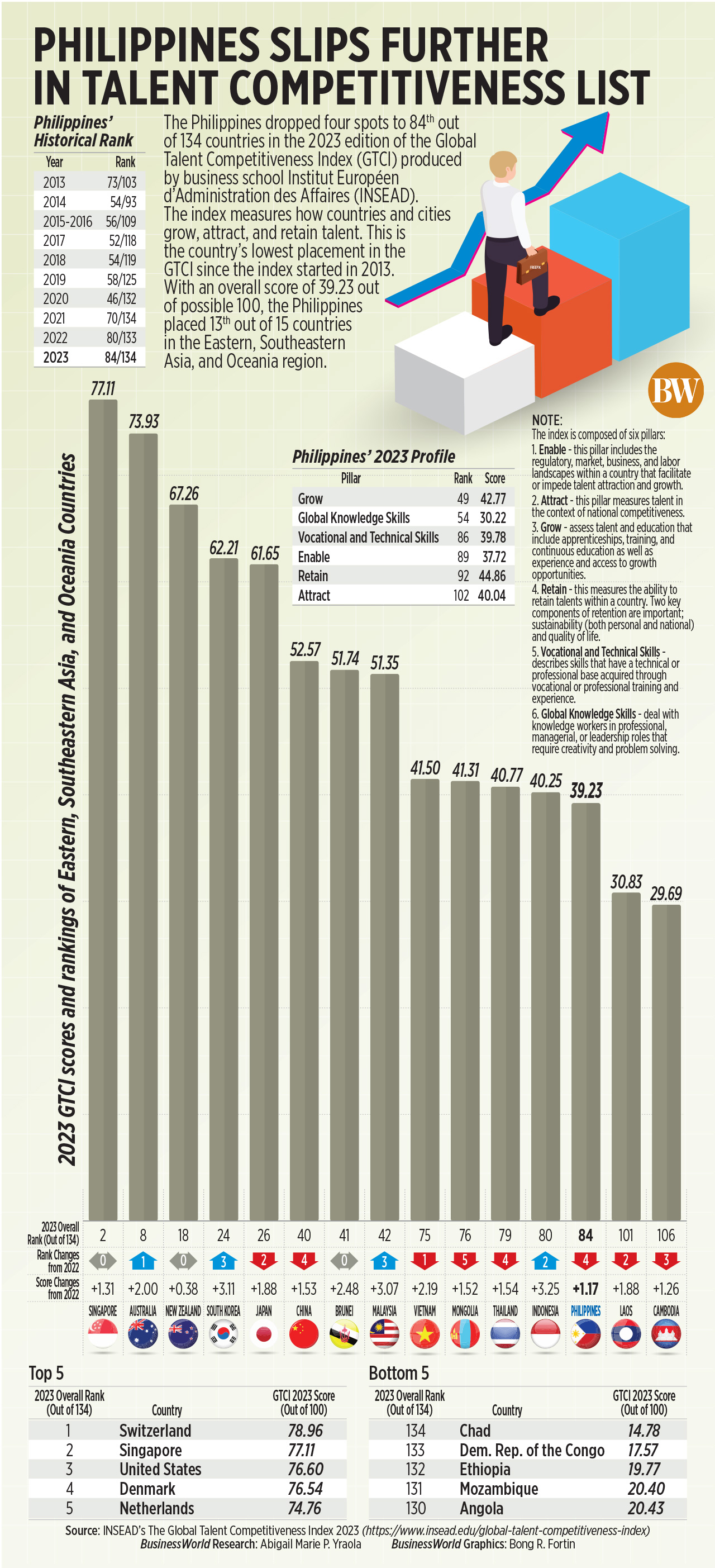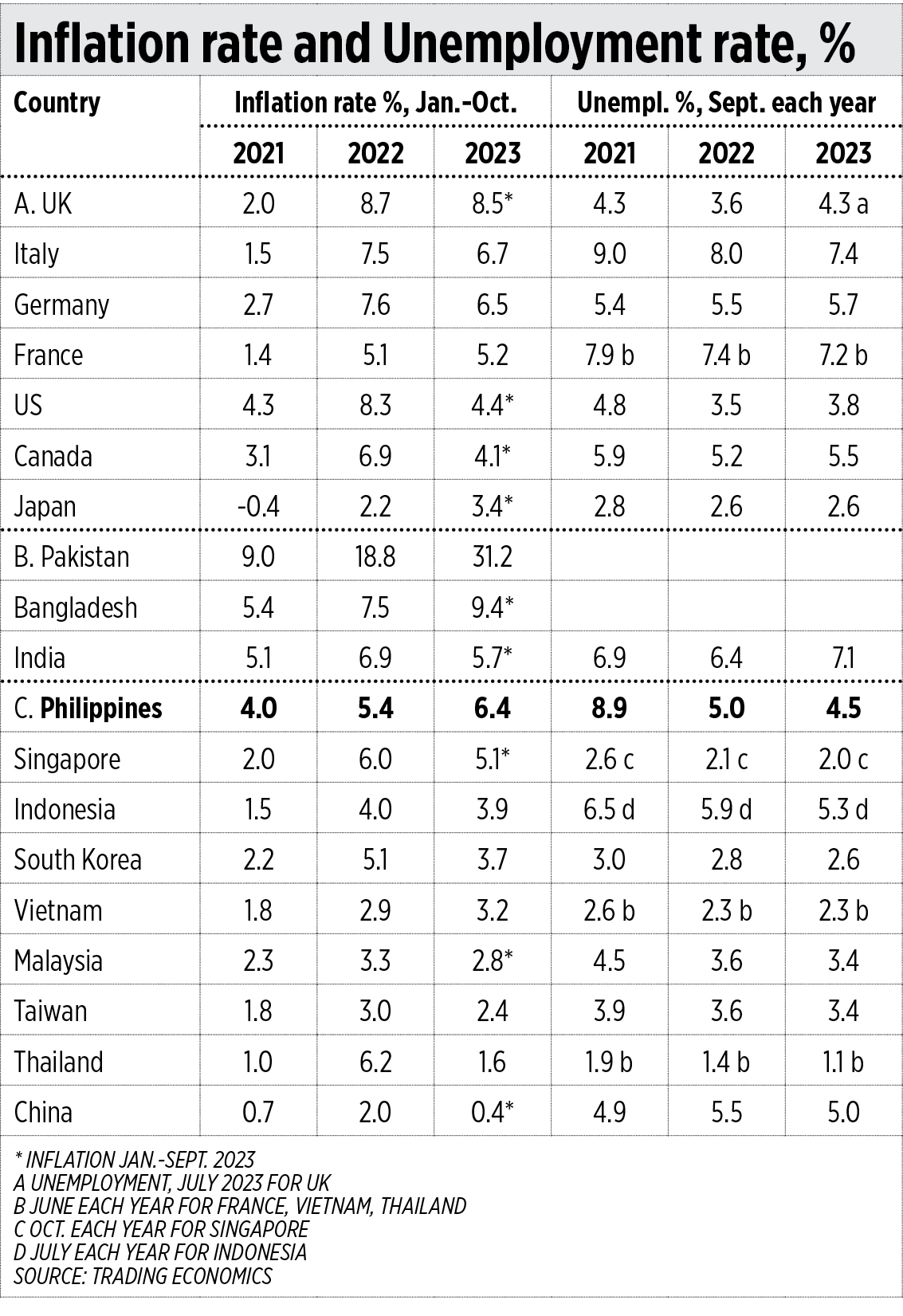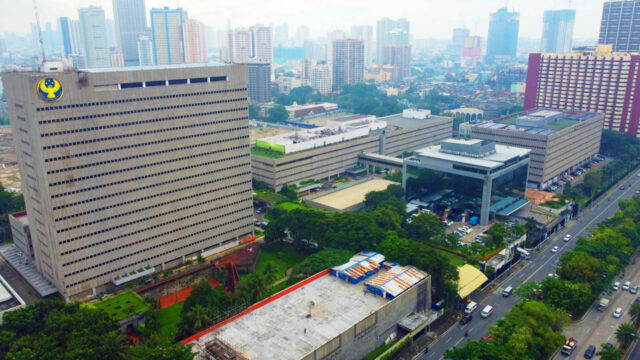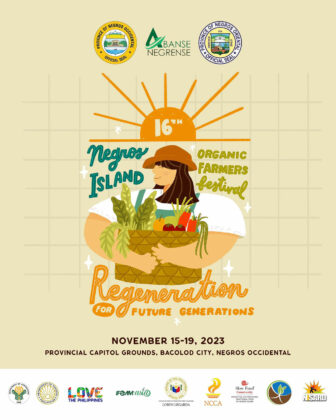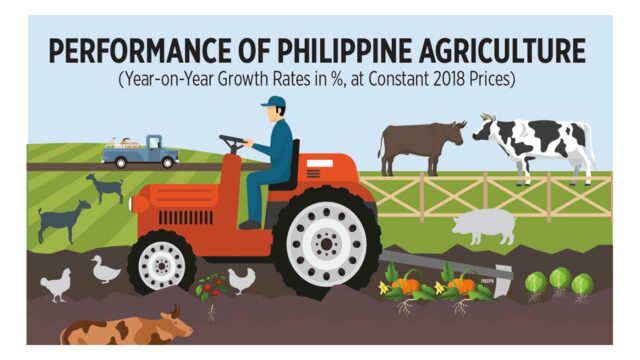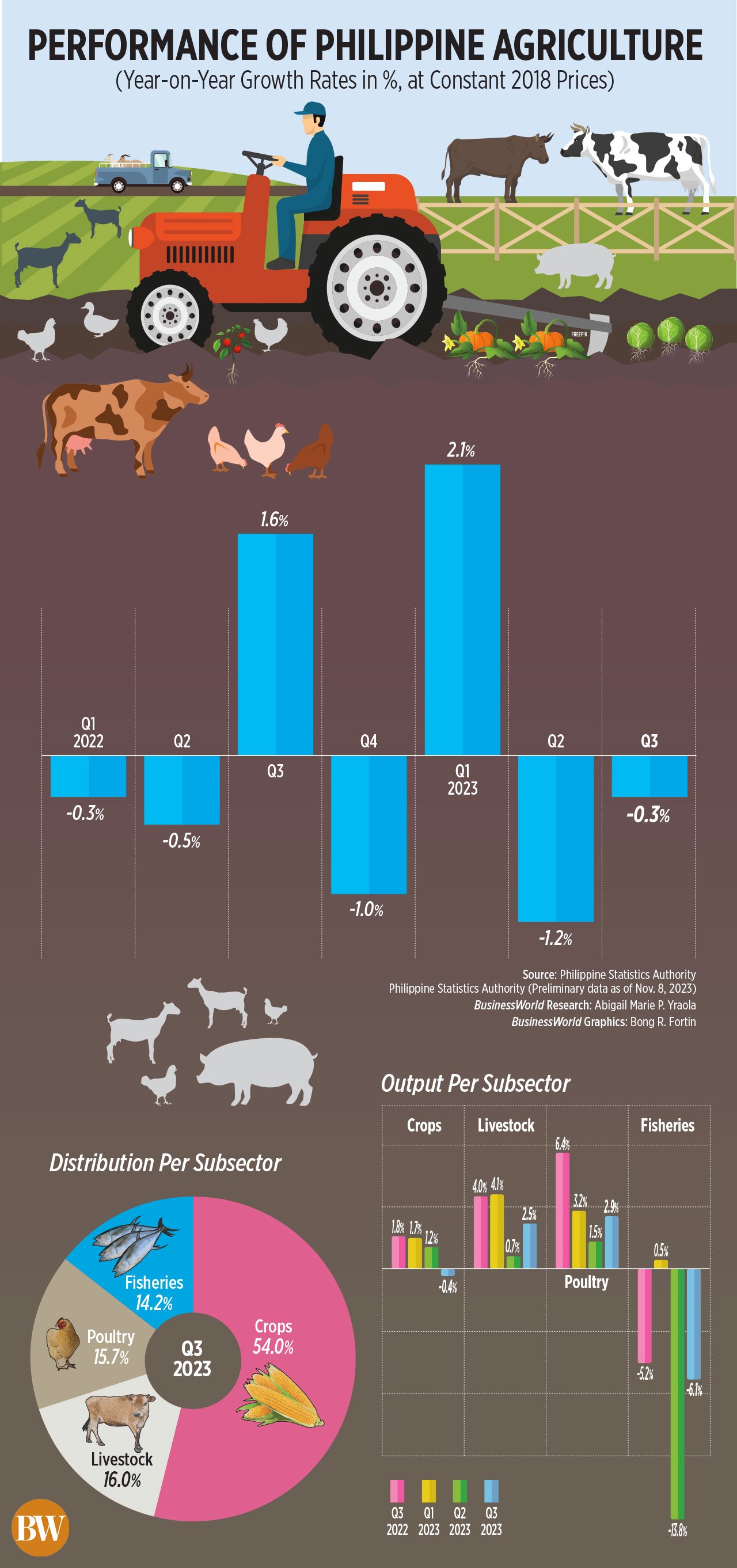Mindful, strategic technology usage needed among youth
YOUNG INDIVIDUALS must be mindful and strategic in using modern technology to better manage their mental health, according to experts.
While going online is regarded a way to manage emotions, digital addiction can increase the risk of developing social and behavioral issues among young people, a research article from the University of Melbourne titled “Your Phone, Your Emotions and Everyday Life” said.
“Technologies like social media are by no means universally helpful. They certainly can and do cause problems,” it said.
“Attempts to mitigate technology overuse should include education about alternative, healthy ways to manage emotion,” it added.
Filipinos aged 18 to 24 years old comprise 30.6% of total social media users in the country, according to analytics from intelligence firm Meltwater.
Data from the University of the Philippines Population Institute (UPPI) showed about 1.5 million Filipino youth aged 15 to 24 have considered ending their life.
This was equivalent to 7.5% of the demographic in 2021, from 3% or about 547,000 in 2013, according to the UPPI Young Adult Fertility and Sexuality Study.
It added that six in 10 kept their mental health condition to themselves, with only 25% seeking help from close friends or peers.
“For some, scrolling on social media, watching videos online and playing games are ways to de-stress after school or work and before moving on to other tasks for the day,” Monash University said.
“The problem is when the supposedly occasional, short, fun online session becomes frequent and longer and then turns into an addiction, which can cause sleep deprivation, stress, anxiety, and depression,” it added.
Craig Hassed, deputy director of Monash Centre for Consciousness and Contemplative Studies, urged “mindfulness, strategic, and guided technology and Internet use” among the youth to curb this.
“Depending on your level of motivation, carve out 5, 10, 15, or 20 minutes twice a day to practice mindfulness meditation,” he said. “Call these full stops punctuating your day.”
“As often as you remember, between the completion of one activity and the commencement of another, have mini-meditations of 5, 10, 20, 30, or 60 seconds. Call these commas punctuating your day,” he added.
These breaks can help the youth be conscious of their well-being and not be too reliant on digital tools, Mr. Hassed said.
Chris Bain, professor of practice in digital health at Monash University, also noted the importance of seeking support from family in times of both distress and joy.
“Knowing there are people with whom they can share their confusions, frustrations, and problems can spell a difference as it makes them feel seen and heard and therefore important,” he said.
The University of Melbourne said young people need to include “digital emotional intelligence” in digital skills education to address the issue. — Miguel Hanz L. Antivola

